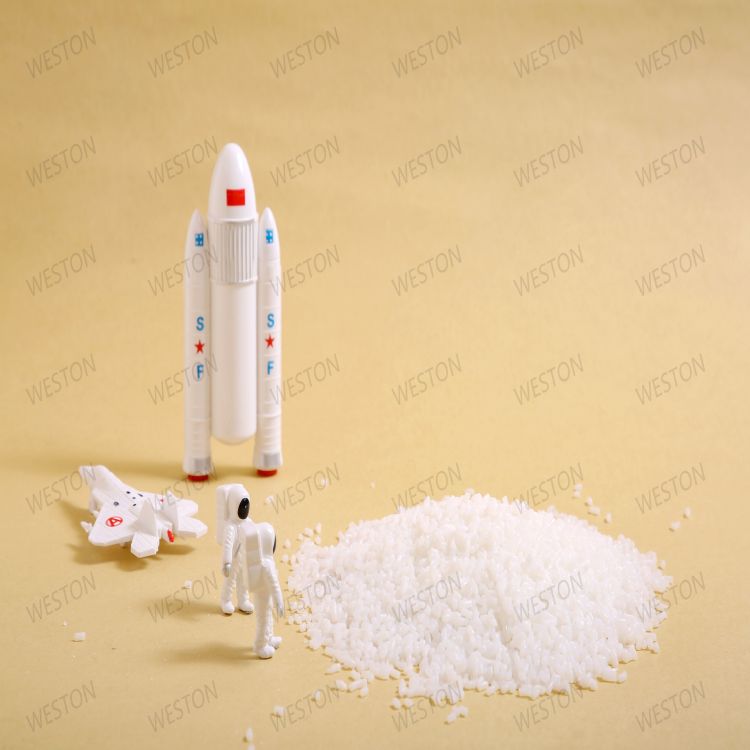-
Categories
-
Pharmaceutical Intermediates
-
Active Pharmaceutical Ingredients
-
Food Additives
- Industrial Coatings
- Agrochemicals
- Dyes and Pigments
- Surfactant
- Flavors and Fragrances
- Chemical Reagents
- Catalyst and Auxiliary
- Natural Products
- Inorganic Chemistry
-
Organic Chemistry
-
Biochemical Engineering
- Analytical Chemistry
-
Cosmetic Ingredient
- Water Treatment Chemical
-
Pharmaceutical Intermediates
Promotion
ECHEMI Mall
Wholesale
Weekly Price
Exhibition
News
-
Trade Service
Recently, Qualcomm launched the second generation of Halo wireless charging technology
at the FormulaE held in the Olympic Center area of Beijing.
Halo wireless car charging technology uses magnetic resonance induction to realize the energy transmission between the ground charging pad and the electric vehicle charging plate, which means that it can be easily charged without going to a fixed charging place, and it also solves the problem
of short range of electric vehicles and cannot be charged in time.
The Halo wireless charging pad is shaped like a cushion, and the larger the area, the stronger the charging capacity
.
The second-generation Halo wireless charging board can be used under a safe voltage of 250V-420V, and the charging conversion efficiency is as high
as 90%.
Halo wireless charging technology uses the magnetic resonance effect to charge electric or hybrid models contactlessly, similar to the experience of wireless charging of ordinary smartphones, when charging, users only need to park the car on the charging pad of Halo
.
The new generation of Halo can reduce the charging time by about half, allowing the car to be charged in less than an hour, and from 3.
5kW to 7.
2kW, further improving the charging efficiency
of wireless charging.
At present, the two major problems in the development of new energy vehicles are short cruising range and few charging piles, and Qualcomm's second-generation Halo wireless charging technology will make a difference
in the future.
The upgrading of products means that technological breakthroughs and product performance improvements are closer to us
.
Qualcomm continues to make efforts in wireless charging, effectively alleviating the obstacles
to the development of new energy vehicles by charging piles.
Recently, Qualcomm launched the second generation of Halo wireless charging technology
at the FormulaE held in the Olympic Center area of Beijing.
Halo wireless car charging technology uses magnetic resonance induction to realize the energy transmission between the ground charging pad and the electric vehicle charging plate, which means that it can be easily charged without going to a fixed charging place, and it also solves the problem
of short range of electric vehicles and cannot be charged in time.
The Halo wireless charging pad is shaped like a cushion, and the larger the area, the stronger the charging capacity
.
The second-generation Halo wireless charging board can be used under a safe voltage of 250V-420V, and the charging conversion efficiency is as high
as 90%.
Halo wireless charging technology uses the magnetic resonance effect to charge electric or hybrid models contactlessly, similar to the experience of wireless charging of ordinary smartphones, when charging, users only need to park the car on the charging pad of Halo
.
The new generation of Halo can reduce the charging time by about half, allowing the car to be charged in less than an hour, and from 3.
5kW to 7.
2kW, further improving the charging efficiency
of wireless charging.
At present, the two major problems in the development of new energy vehicles are short cruising range and few charging piles, and Qualcomm's second-generation Halo wireless charging technology will make a difference
in the future.
The upgrading of products means that technological breakthroughs and product performance improvements are closer to us
.
Qualcomm continues to make efforts in wireless charging, effectively alleviating the obstacles
to the development of new energy vehicles by charging piles.







